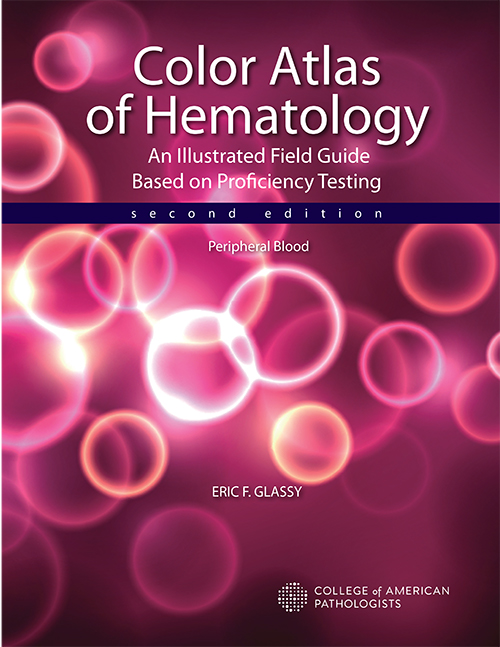Hemophilia drug interferes with APTT-based assays
Personal stories have underscored the effect of emicizumab on hemophilia patients’ quality of life. “I know of one eight-year-old boy with factor VIII inhibitors who is very proud that he can administer his Hemlibra himself,” Dr. Levy says. Before Hemlibra, the boy needed infusions that could take up to two hours at least three times a week. The half-life of infused factor VIII is only 10 to 12 hours. Another pediatric patient cited by Roche, a co-developer of emicizumab, had experienced scores of debilitating ankle bleeds, but those bleeds stopped once he began receiving emicizumab during clinical trials.
Emicizumab was made possible by scientists at Chugai Pharmaceutical who had an idea, completely novel in 2000, of using a bispecific antibody to replace the function of factor VIII and help restore the blood clotting process, Dr. Levy says. “The scientists were already working on advances in antibody engineering and saw an opportunity to apply this approach to hemophilia A.”
The research leading to emicizumab entailed an extended, needle-in-a-haystack search. “Finding an antibody with the right configuration and properties to mimic factor VIII’s biological activity required screening more than 40,000 antibodies and took nearly 10 years. The molecule that would become Hemlibra was selected as the candidate for clinical trials in 2010,” Dr. Levy says. But all that effort led to a landmark in drug development: “Hemlibra is the first antibody medicine ever developed that replaces the function of a missing or altered protein.”
The clinical development of the drug was done as a partnership between Genentech, Chugai, and Roche (all members of the Roche Group). At the clinical trial phase, Genentech and Roche first studied how people with hemophilia A managed bleeds with their previous treatment options by gathering data in a noninterventional study. “Some of the people in this study went on to enroll in our pivotal studies of Hemlibra, allowing for a first-of-its-kind intrapatient analysis, the first time two prophylactic treatments have been compared prospectively in the same person in a hemophilia study,” Dr. Levy says. So the Hemlibra clinical trial program not only has had an impact on lives of people with hemophilia A but also may help influence the way hemophilia clinical trials are designed in the future, she points out. “In addition, a pivotal clinical trial, HAVEN 1, showed statistically significant results for 13 different bleed-related endpoints.”
Hemophilia A patients’ development of antibodies (inhibitors) to factor VIII replacement products is one of the most serious and common adverse events in hemophilia treatment, says Dr. Adcock. “Development of inhibitors occurs in about 33 percent of patients with severe factor VIII deficiency who receive replacement therapy. Once patients develop antibodies, it can be very difficult to treat them and very expensive. The cost of treating patients with factor VIII inhibitors is upwards of $1.5 million per year or more.”
Dr. Adcock
Patients receive factor VIII infusions as a prophylactic measure to prevent spontaneous bleeding or bleeding associated with trauma or everyday activities. But this therapy requires time-consuming intravenous treatment and, despite therapy, patients often experience bleeding into the joints, which can cause disabling arthritis. “The whole social impact is much broader than the cost of the drug,” Dr. Adcock says.
Until emicizumab’s entrance on the scene, clinicians had few effective recourses for patients who develop antibodies to factor VIII, Dr. Adcock notes. “Clinical protocols to treat these patients and to reverse the inhibitor response are not always effective, and they are very costly. One approach to eradicate the inhibitor is immune tolerance induction, where high doses of the replacement factor are administered on a frequent basis. The mechanism by which this may be effective in inhibitor eradication is not known.”
With emicizumab, the cost of treating patients with inhibitors could decline. In April, the nonprofit Institute for Clinical and Economic Review (ICER) released a final evidence report on emicizumab, which evaluated how emicizumab could improve health while lowering costs for certain people with hemophilia. The report concludes, “In assessing the value of treatments for hemophilia, payers should be aware of important benefits and contextual considerations that are not typically captured in cost-effectiveness analyses.”
Tagged with: Blood/coagulation/hematology (see also Phlebotomy) -- Drug treatments/trials/dosing -- Hemophilia -- Pharmaceuticals --
Related Posts
In hemostasis, two hot-button testing issues
December 2017—Having validation data to support the use of age-adjusted D-dimer cutoffs with the D-dimer assay your laboratory uses is a must, and know well the limitations of point-of-care prothrombin time/INR testing. That advice and more was shared in a “Hot Topics in Hemostasis” session at CAP17, presented by Russell Higgins, MD, and Karen Moser, MD.








